Please note, this post will not cover the differences between OLED, QLED and LED. For more on those distinctions, stay tuned for our upcoming blogs.
But for now, let’s answer the question, ‘what is an led backlight TV?’
How LED TV backlight Works
To understand the differences between backlight technologies, you must first understand how an LED TV works and what implications backlights have on picture quality.
Image quality in LED TVs is generally dependent on three primary components:
- The liquid crystal display (LCD) screen. A form of flat-panel-display technology which uses liquid crystals to present image information provided by a source device.
- The processor. This chip is responsible for generating the image (among many other things). Better processing chips lead to more detailed and accurate images.
- The LED backlight array. The backlight panel illuminates the liquid crystals in the display, allowing the image to be seen.
Backlights
Picture this, you are outdoors on a bright sunny day when your phone vibrates from your pocket. You bring out the device to check your notification but are unable to see the screen due to the brightness outside (high ambient lighting). Using your sixth sense (and muscle memory) you bring up your settings and manually turn the brightness up. Now you can see details on your screen and view that notification.
This process is essentially what the backlight system in a TV is responsible for doing. Without the backlights, you would not be able to see the information being presented by the liquid crystals in the display.
Contrast Ratio
The contrast ratio is the difference between the brightest white and the darkest black that can be displayed on the screen at one time. It is the picture-quality factor most affected by backlight performance.
To best illustrate this, imagine that you are watching the opening scene of Game of Thrones. The bottom half of the screen displays pure white snow and above there is a pitch-black night sky. On a high-spec, full array LED backlit TV with local area dimming you will be able to make out details like the bark of trees which spire into the jet-black sky. On a lower-spec backlit TV, such details will be harder to detect. You may spend more time looking at your reflection in the front panel until a brighter scene plays.
Edge-lit LED
There are three levels of LED TV backlight panels on offer in today’s market. The simplest—and often most affordable option—is the edge-lit LED.
In this type of backlit TV, the LEDs housed in the backlight array are only located around the edges of the bezel. As a result, there is a huge area of the screen not covered by backlights. This lack of backlighting contributes to seeing your own reflection when the on-screen scenery gets too dark.
One benefit of edge-lit panels is that they are cheaper to manufacture; fewer individual LED bulbs means less material cost. As a result, manufacturers can offer incredibly detailed 4K resolution at all price points. The downside is that they are very inconsistent in terms of colour uniformity, meaning that the contrast ratio leaves a lot to be desired.
Another criticism of edge-lit TVs is that they are brighter at the edges and darker in the middle. You may also find instances of backlight bleed or ‘blooming’. This occurs when the edge LEDs are turned up extremely bright to illuminate the centre of the screen and, consequently, bright white circles become noticeable around the screen edges.
That said, if you’re looking for 4K resolution in a more affordable price bracket, it would be worth looking into edge-lit options.
Shop Now | Samsung 50″ BU8000
Direct LED
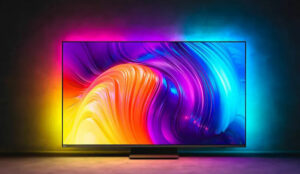
Moving one rung up the ladder from edge-lit we arrive at direct LED. This is a form of backlighting where several horizontal rows of LEDs go from left to right across the TV. The benefit of Direct LED is that the centre of the image is now covered with backlights, thereby improving the contrast ratio dramatically.
Direct LED TVs also create a more uniform image in terms of colour consistency. Unlike their edge-lit counterparts, dark colours at the centre of the display are consistent with dark colours displayed at the screen edges.
Shop Now | Philips Ambilight 50PUS8897
Full Array Backlight
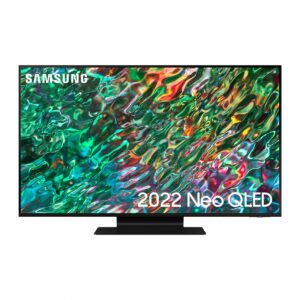
The crown jewel of backlight technology is full array backlighting. As the name suggests, full-array TVs feature LED bulbs across every inch of their array panel, thus offering full and detailed coverage. With full-array TVs you can also expect the contrast ratio to be astronomically higher than the other options we’ve covered.
You will predominantly find full array backlighting in premium TVs because it is an expensive technology to manufacture. The need for more LED bulbs leads to a greater material cost. But trust me, the difference is well worth spending the extra money on.
With a growing overlap in the types of processing chips and LCD panels used across TVs, I would argue that backlight specifications are the most important factor to compare when shopping for an LED TV in today’s market.
Shop Now | Samsung 43″ QN90B
Local Area Dimming
While I have now covered the three main types of LED backlighting, there are two special mentions I would like to make before wrapping up. The first is local area dimming.
With local area dimming, a TV’s processor and backlights work together to adjust LED brightness according to the image’s lightness or darkness. The LEDs will dim in areas of the panel where the picture is dark and intensify where the picture is bright.
Returning to my Game of Thrones example, the white snowy landscape beyond the wall would demand greater LED brightness to ensure all details are crisp and clear. Simultaneously, the dark night sky requires less light to illuminate it, therefore the corresponding LEDs will dim. This technology is absolutely key for those looking for the best viewing experience on an LED TV.
Shop Now | LG 65″ 65QNED816QA
Mini LED and NEO QLED
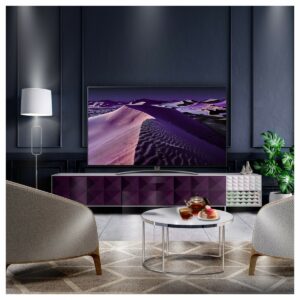
Without getting into the differences between OLED, QLED, and LED, Samsung’s Neo QLED technology is worth mentioning for its relevance to backlighting.
Traditional LEDs, found in the kinds of TVs we have been discussing, are about the size of a shirt button. By contrast, Samsung’s Neo LEDs (based on Mini-LED Technology) are about the size of a grain of sand. This means that there are hundreds, if not thousands, more individual LEDs across the back of a full-array backlight mini-LED TV. This sort of TV benefits from greater pinpoint accuracy in colour reproduction and contrast.
Therefore, the opening scene of Game of Thrones will appear even more true-to-life, with almost no backlight bleed.
Shop Now | LG 55QNED866QA 55″

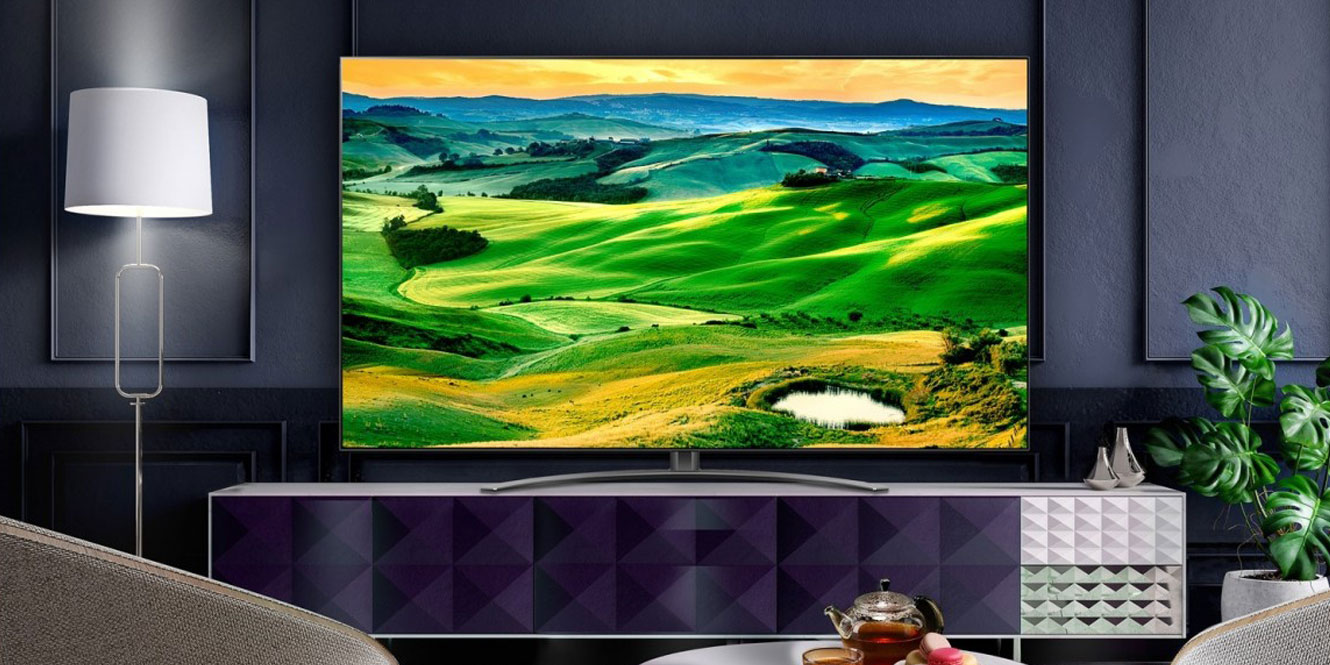
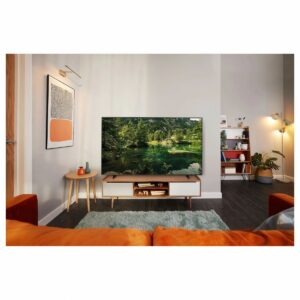


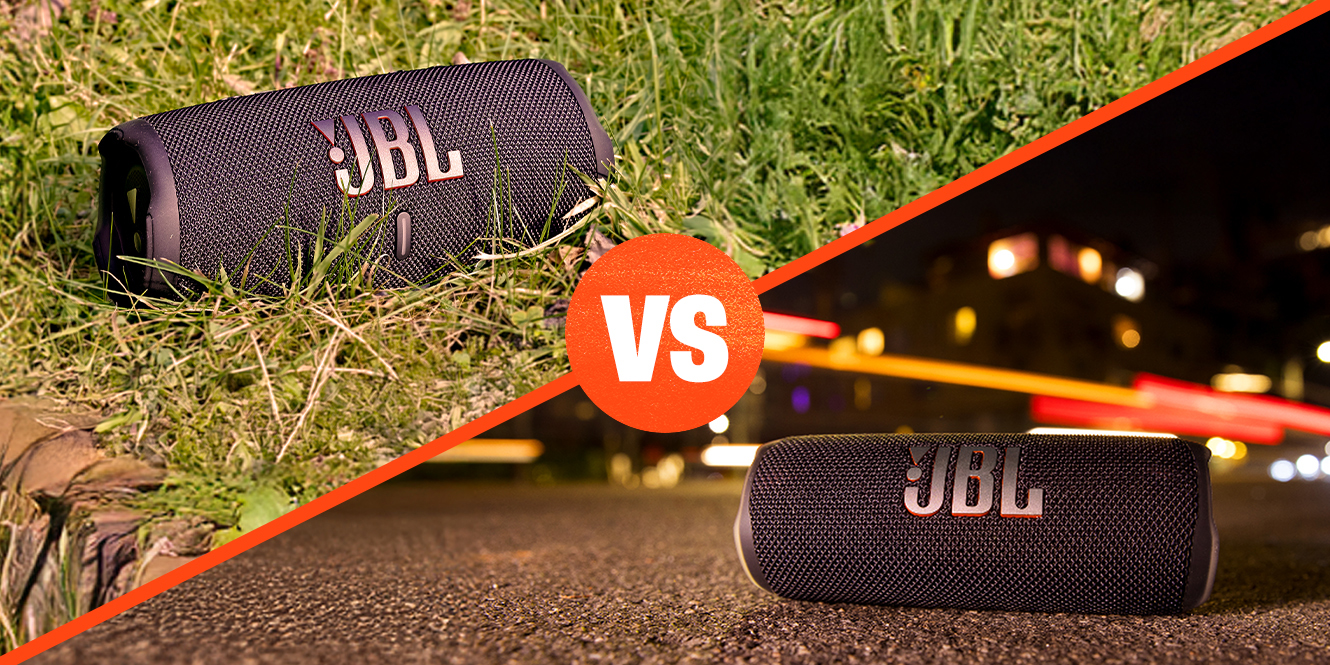
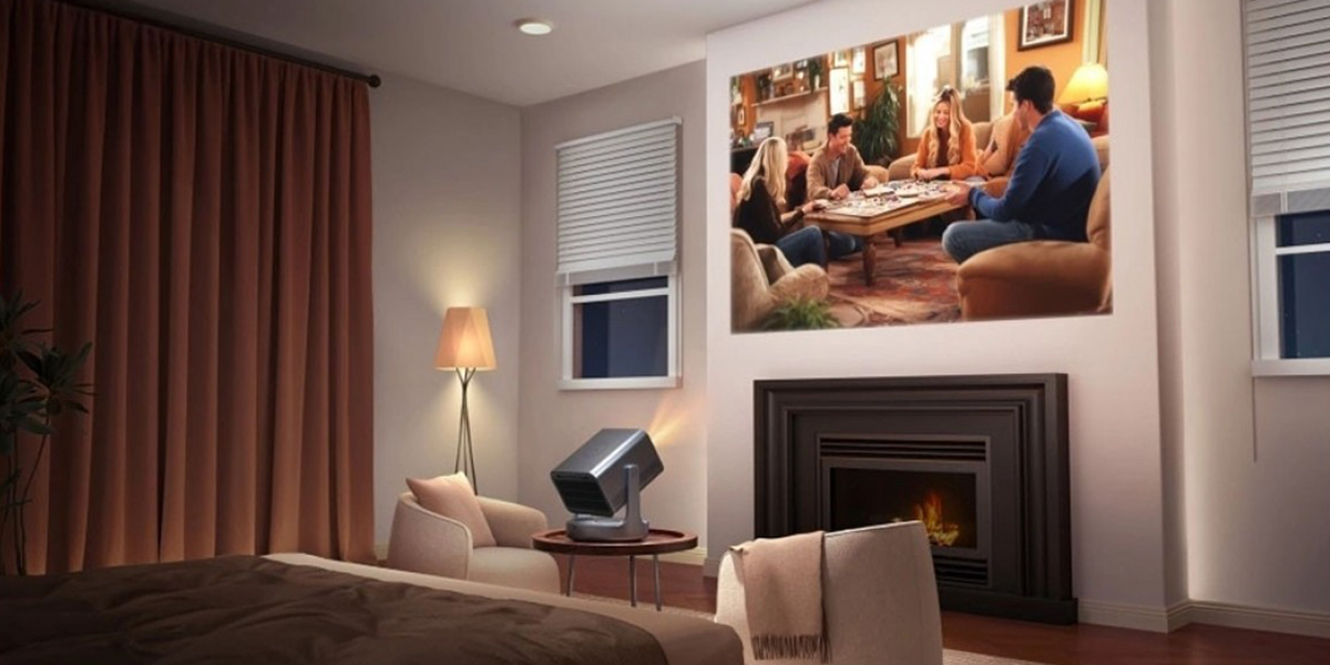






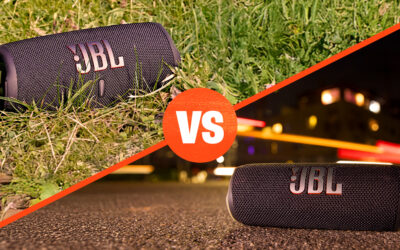
0 Comments